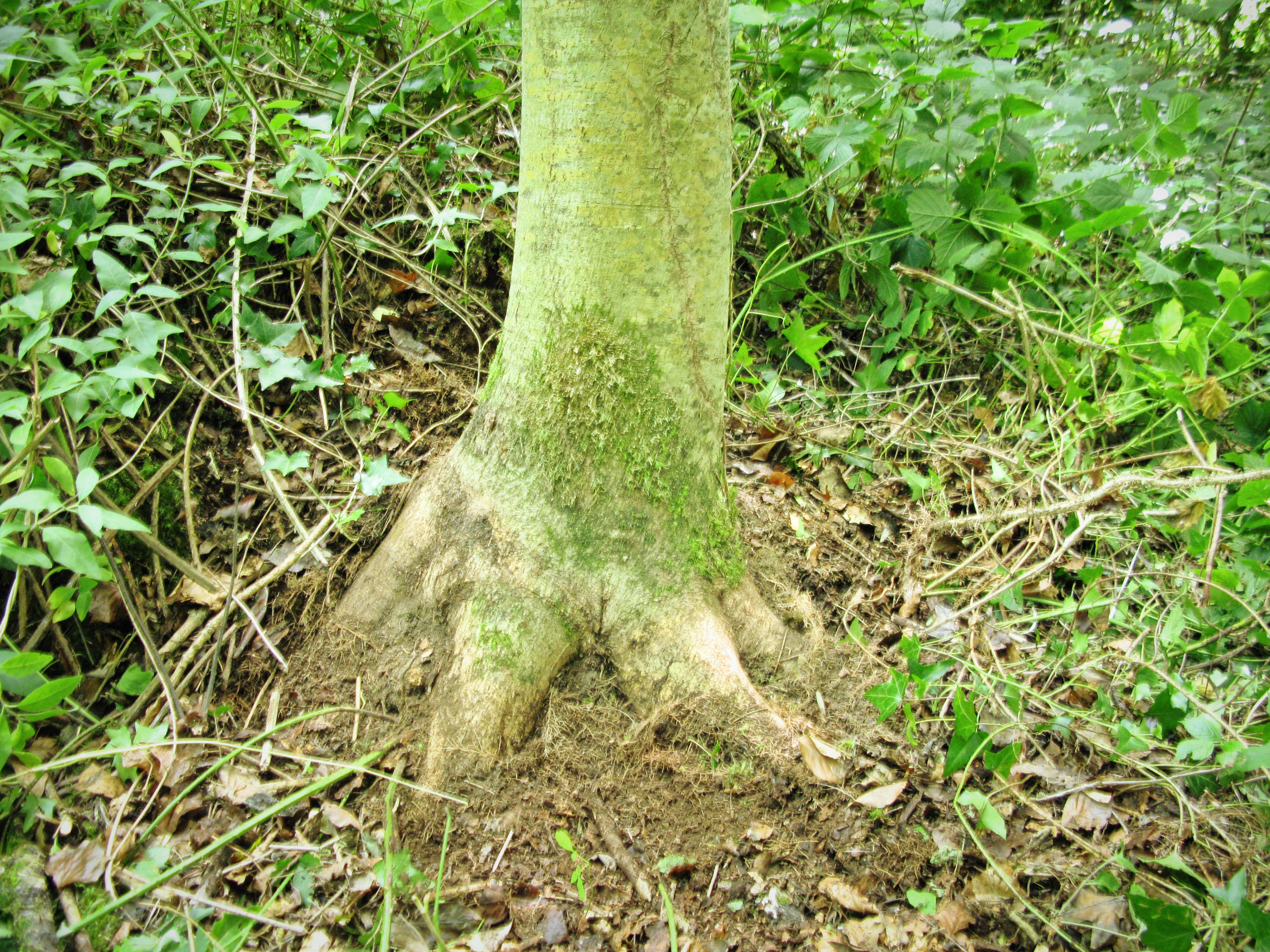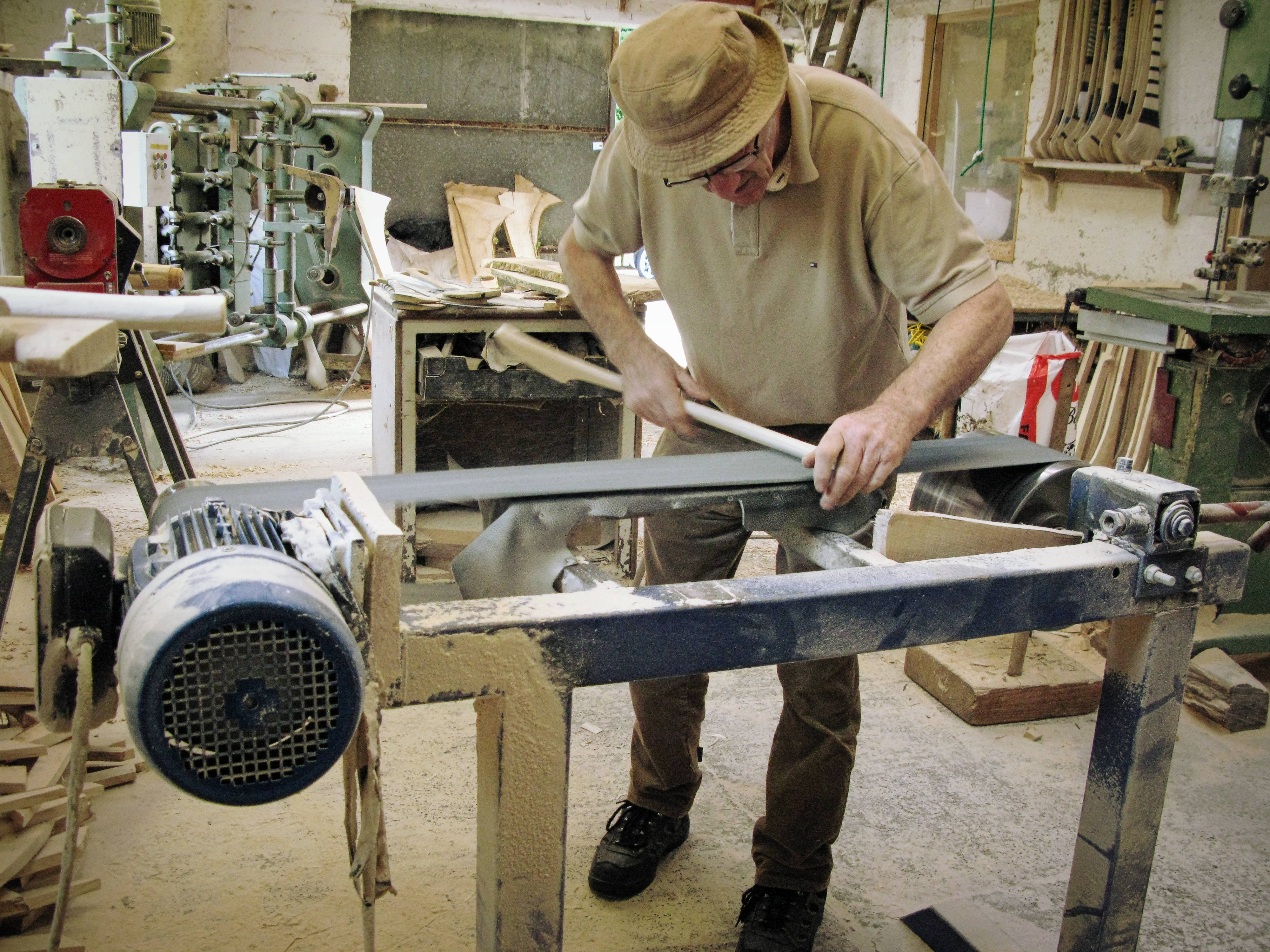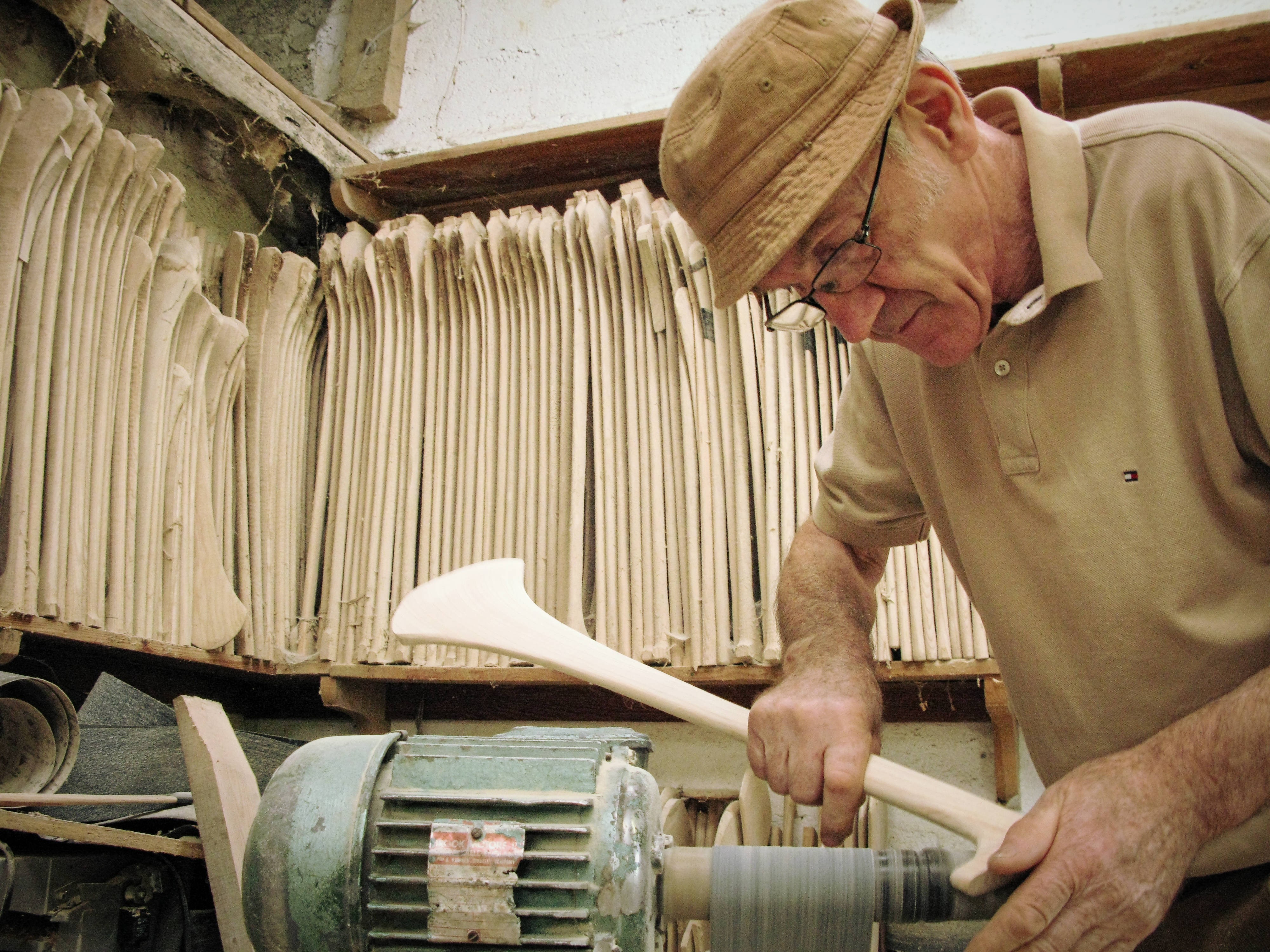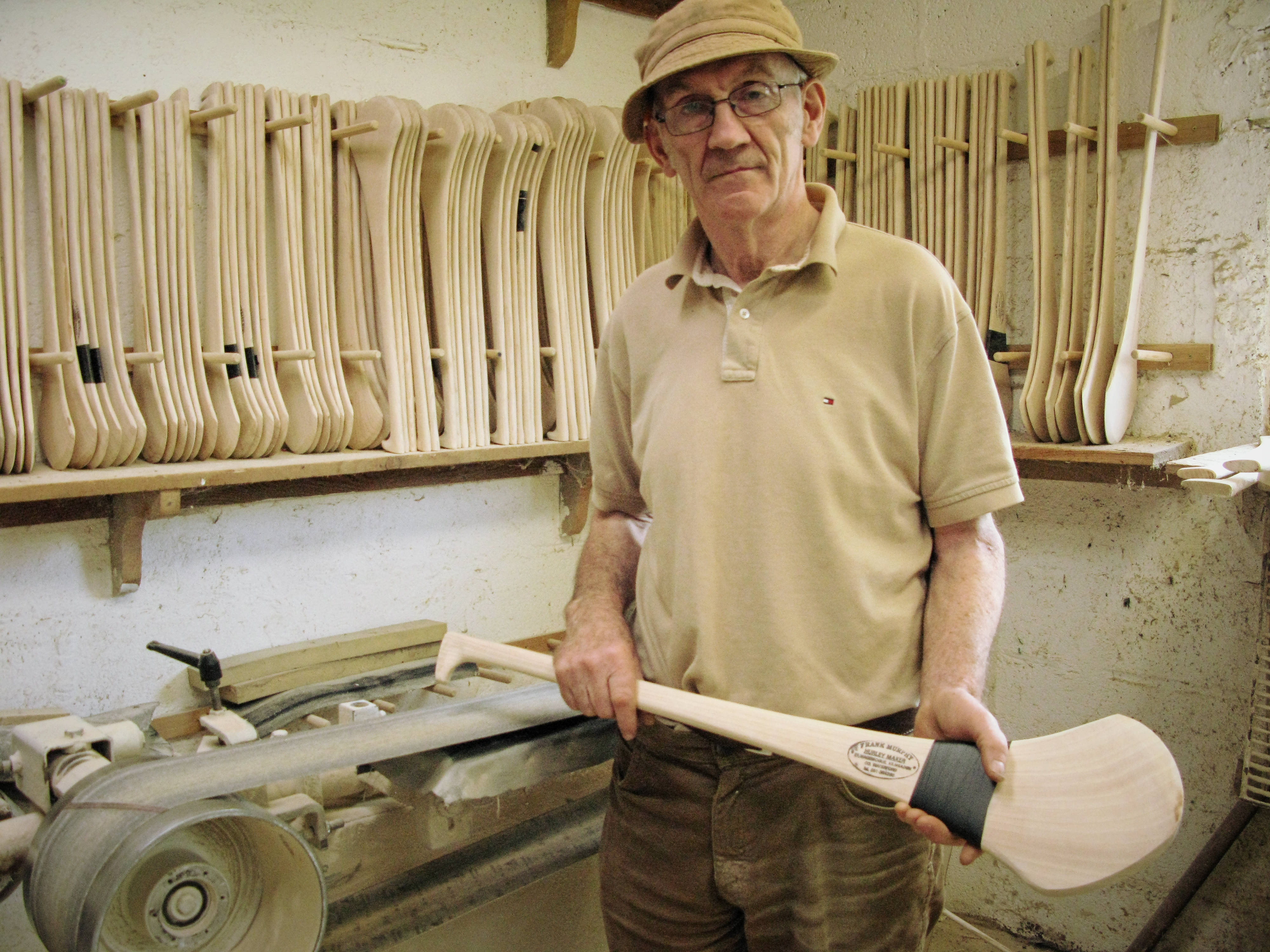Frank Murphy
‘You saw the game of the year,’ Frank Murphy said. ‘You have the good luck, then. So that’s it.’ Frank, in his mid-fifties, was tall and thin with broad, rolled shoulders. There was a hint of former athletic prowess in his long, steady gait. With a clean-shaven jaw, whiskers along his cheekbones and eyes that smiled brilliantly as he listened, he could have been the kindly woodcutter from a fairytale.
We were walking through woodland on the Curraghmore Estate owned by Lord Waterford, near the village of Portlaw in County Waterford. The summer had been hot and dry.
The woodland floor rustled and crackled under the weight of our boots. Behind us, the Clodiagh river was whispering its way from the Comeragh Mountains to meet the mighty river Suir. We walked slowly, pausing in the glades where the sun fell in heated hoops. I felt the sense of antiquity that is common enough in woodlands. The ash trees – tall, slender and smooth-barked – grew randomly between eminent oaks, the odd birch and hazel stools cloaked in ivy.
Frank stopped, dug his hands deep into his pockets and looked up into the canopy: ‘’Tis a beautiful place. I’d say that a man would live forever here.’ Frank Murphy is a hurley stick-maker, as his uncle and his great-uncle were before him. He has been converting ash timber into the magical wands I’d seen whirling around Croke Park yesterday, for thirty-five years.
When we first spoke, I had garbled my plan down the telephone – to bring a piece of my ash tree from Wales to Ireland, for him to craft into a hurley stick. When I described my tree, though – 125 years old, circumference of 190 centimetres at chest height, a bole 5.5 metres in length – he had gently deflated my enthusiasm.
Though ash grows readily throughout much of Ireland, the right conditions for quality hurley ash are very precise. Trees must be grown on good, level ground with free draining soil, ideally with a pH of six or seven. Standing water impairs root formation while ash grown on gravelly soil can be brittle. Most importantly, ash trees used in the manufacture of hurley sticks are felled at twenty-five to forty years old, depending on growth rate and quality. Only the bottom part of the tree, from ground level to a height of 1.3 metres, is utilized: the point where the base of the tree flares out into the roots provides the natural shape of the stick.
These root buttresses, the strongest bit of the tree, form the part of the hurley stick used to strike the sliotar, known as the ‘boss’ or ‘bás’. The rest of the tree, above the height of 1.3 metres, is then used in a variety of other ways, including the manufacture of tool handles, furniture production and firewood.
‘You can only make a good hurley stick from good hurley ash. That’s why it is so expensive,’ Frank had said on the phone. ‘Come over to Waterford and I’ll show you some fine hurley ash trees. I’ll even make you a stick, but I can’t do it with your ash. So that’s it.’
We had walked a mile through the wood but we hadn’t found a fine hurley ash tree yet. Frank had dismissed many of the trees as too young and too old.
Several had inadequate root formation. One tree had evidence of knots low down on the trunk. Another he disregarded at a glance – ‘a bit of rot and likely a black line down the middle. No good.’ Sometimes he simply didn’t like the bark. I had read that the characteristics of the wood can sometimes be inferred from the appearance of the bark: if the furrows of bark spiral up a tree, it is likely the wood does too; where the bark has healed over dead branches, knots lie underneath; soft bark with long flakes is an indicator of slow-growth and tight-grained wood. Watching Frank, I thought of Giles Winterborne in Thomas Hardy’s The Woodlanders. Winterborne knew the ‘tongue of the trees’: he could tell with one look if a trunk had a sound heart or incipient rot.
‘Now, this looks a good one,’ Frank said, stepping briskly off the path. He crouched beside the base of a slim, straight tree about 45 centimetres in diameter. With his hand, he roughed the grass and ivy covering the roots and then dug hard at the soil with the heel of his boot. ‘You could have a quality hurley out of here,’ he said, running his hand down the trunk and over the bulbous toes where they met the earth. ‘That’s a very nice root, and again in the back there, and a little one here. You’d have a good few sticks out of that. You cut the butt into planks for hurleys. You might get six out of that toe, three there and maybe three here. So you might get a dozen hurleys out of this tree.
‘If Lord Waterford was cutting out a wood, well now, he’d give me a ring. We’d go round the wood together and mark the good trees with an axe. I’d aim to cut maybe sixty or more trees and we’d negotiate a price, then I’d be round again to take out the ash myself, before any other felling would be done.’




